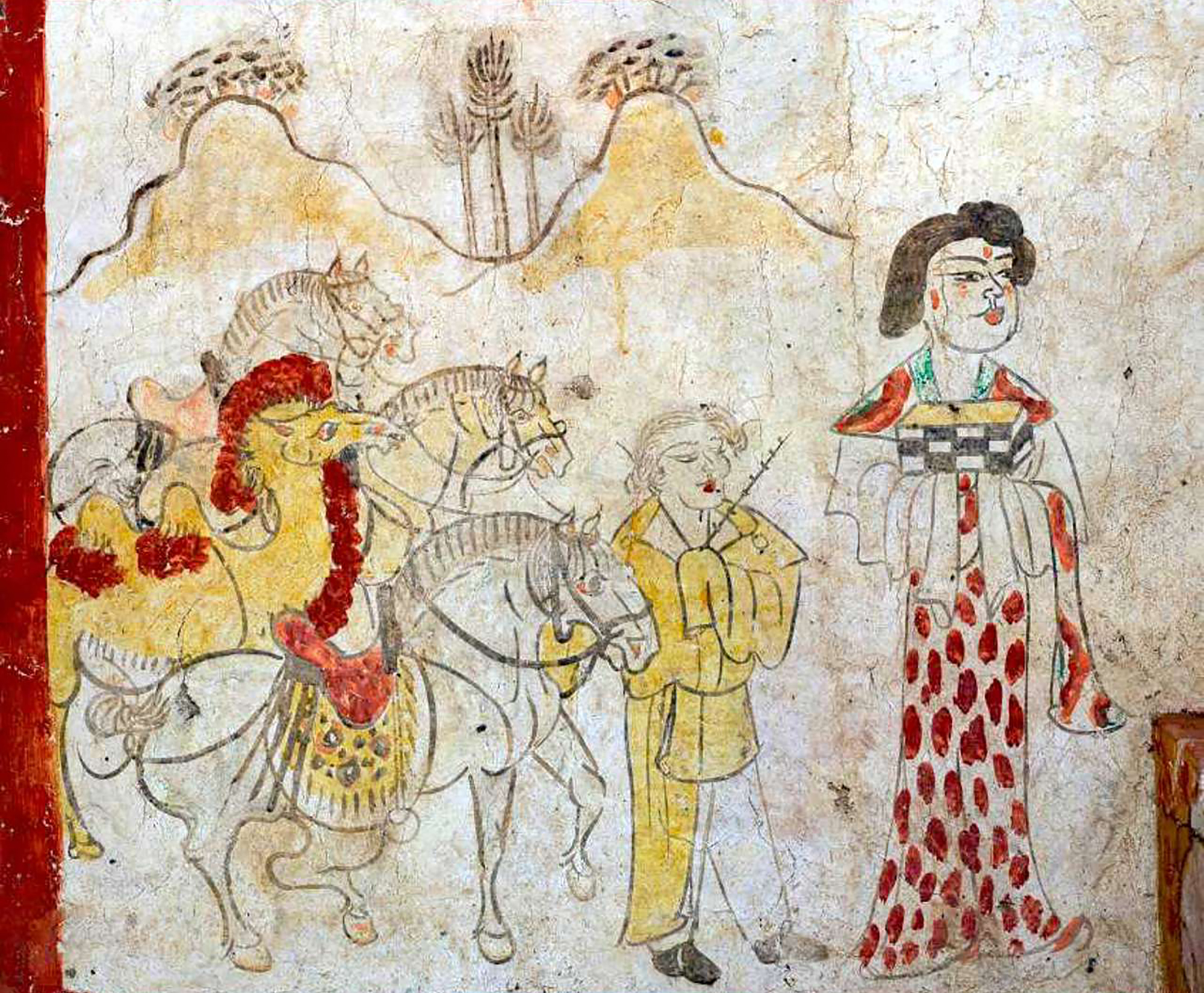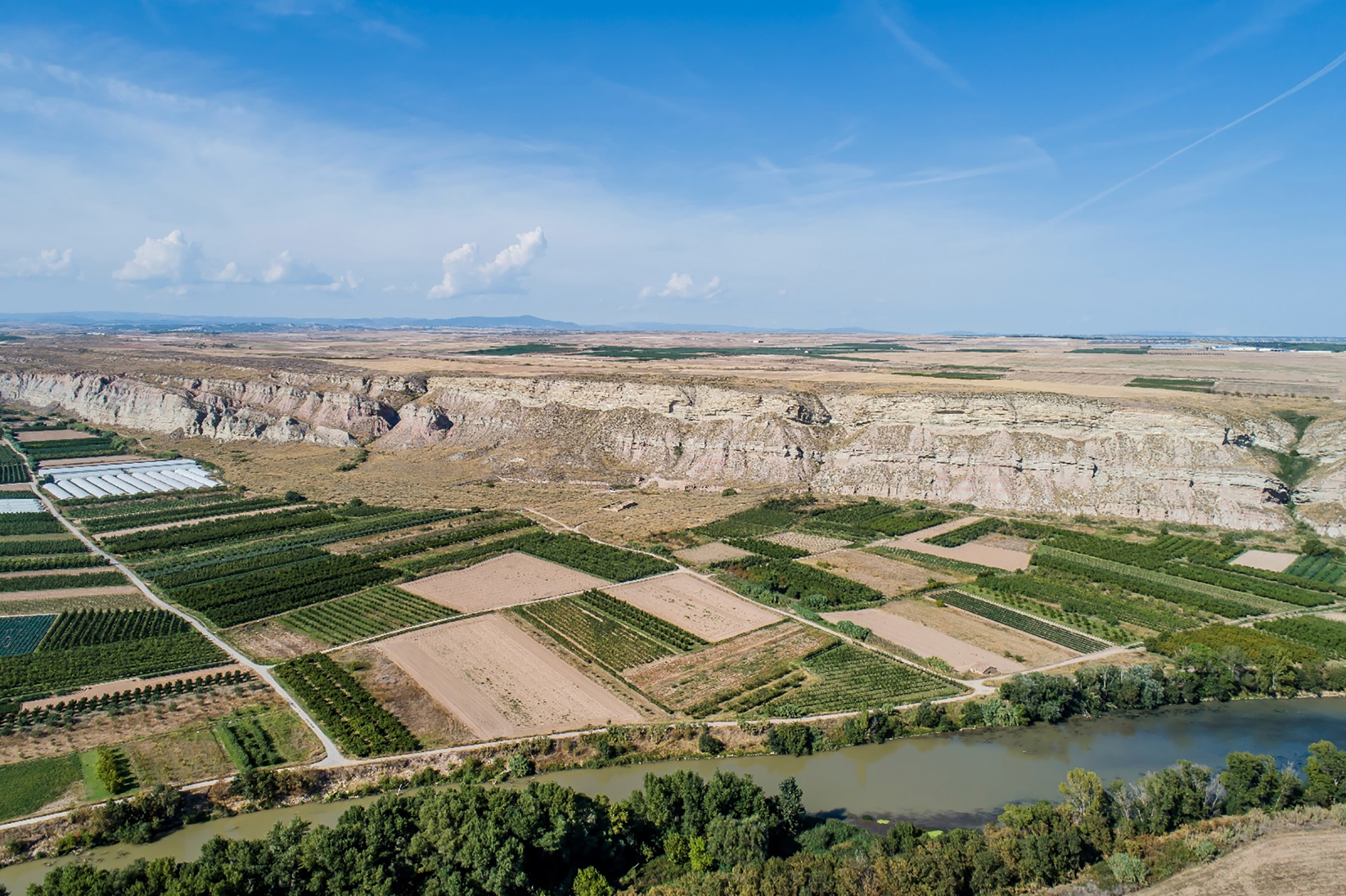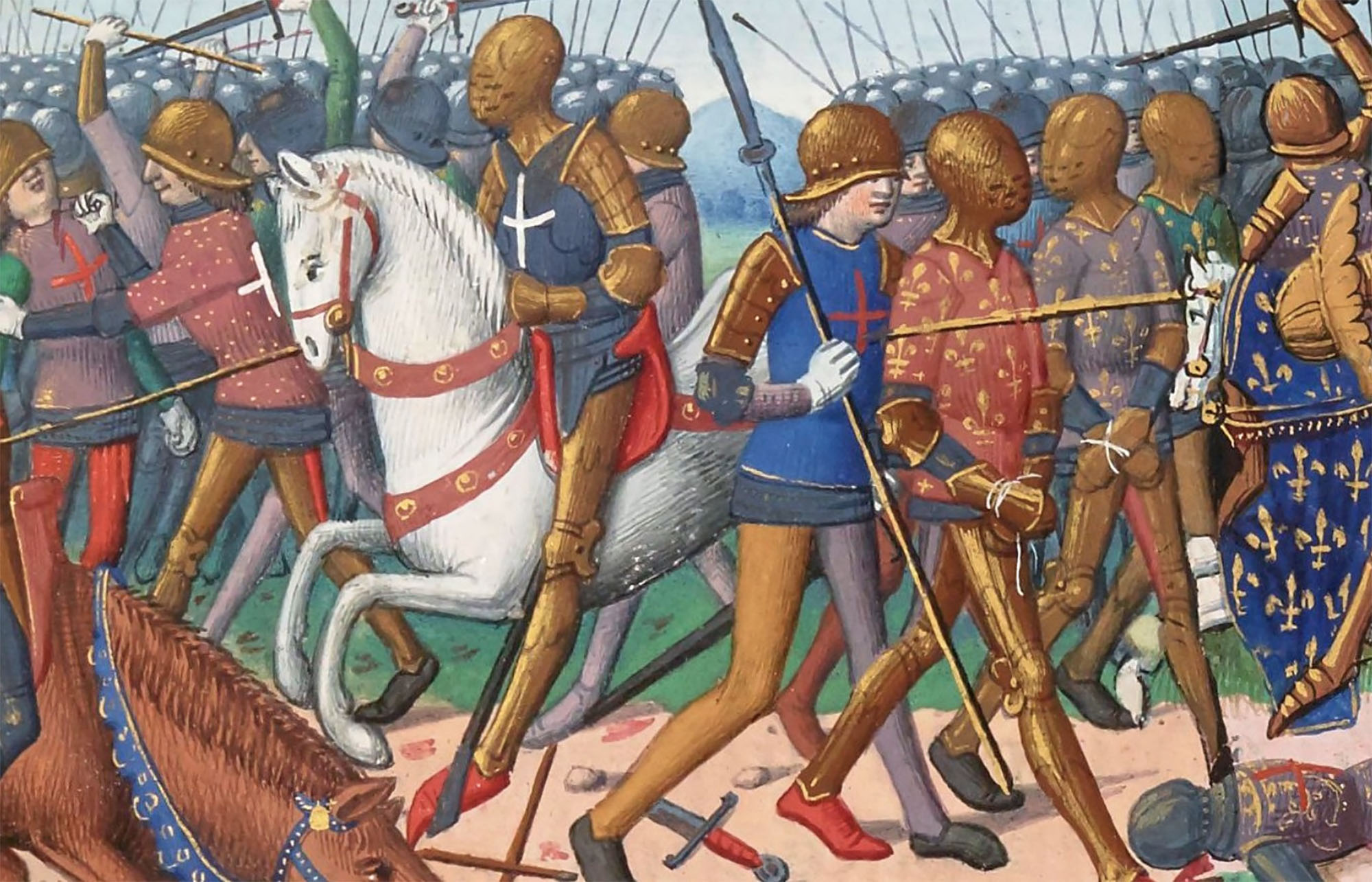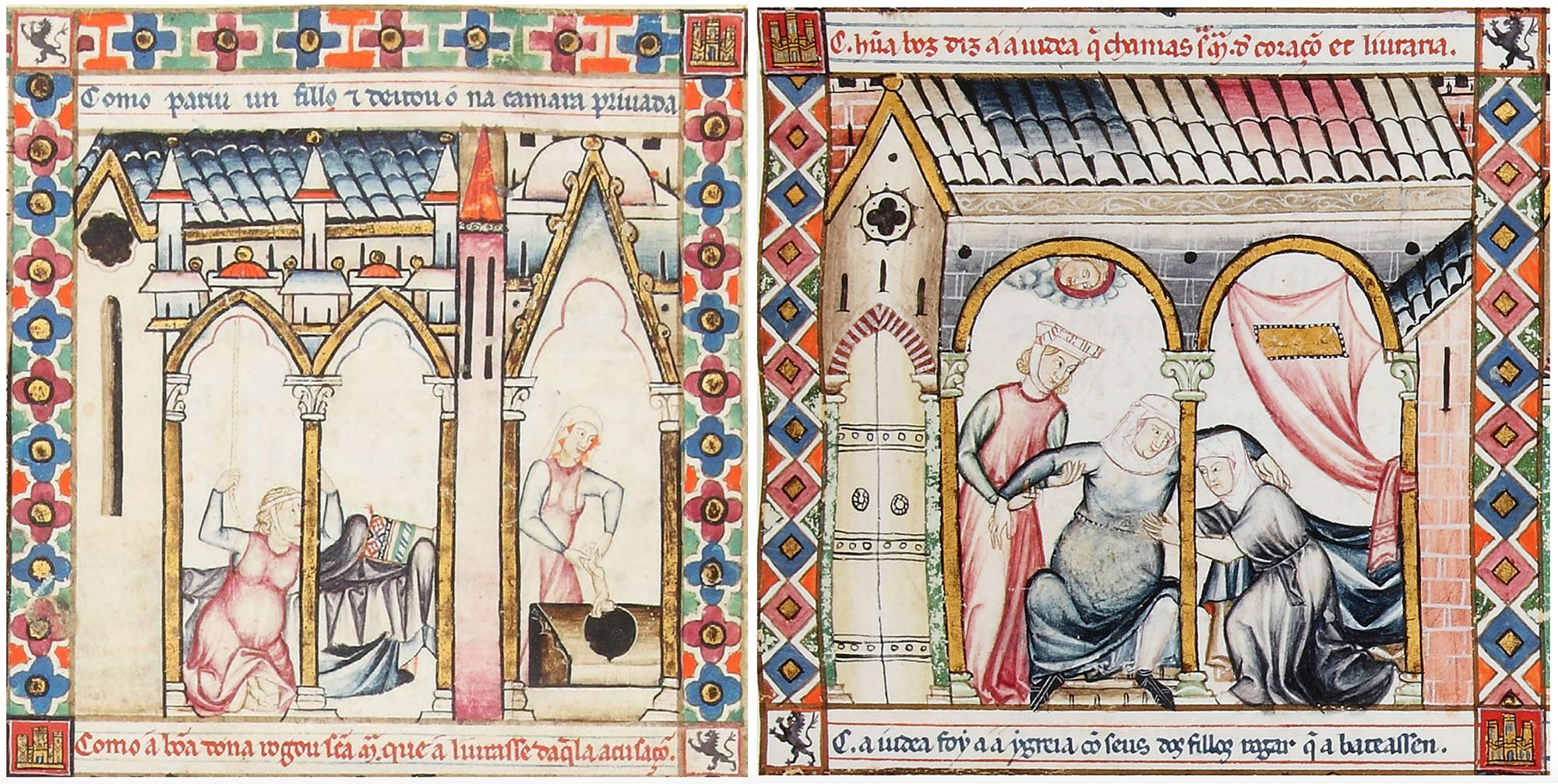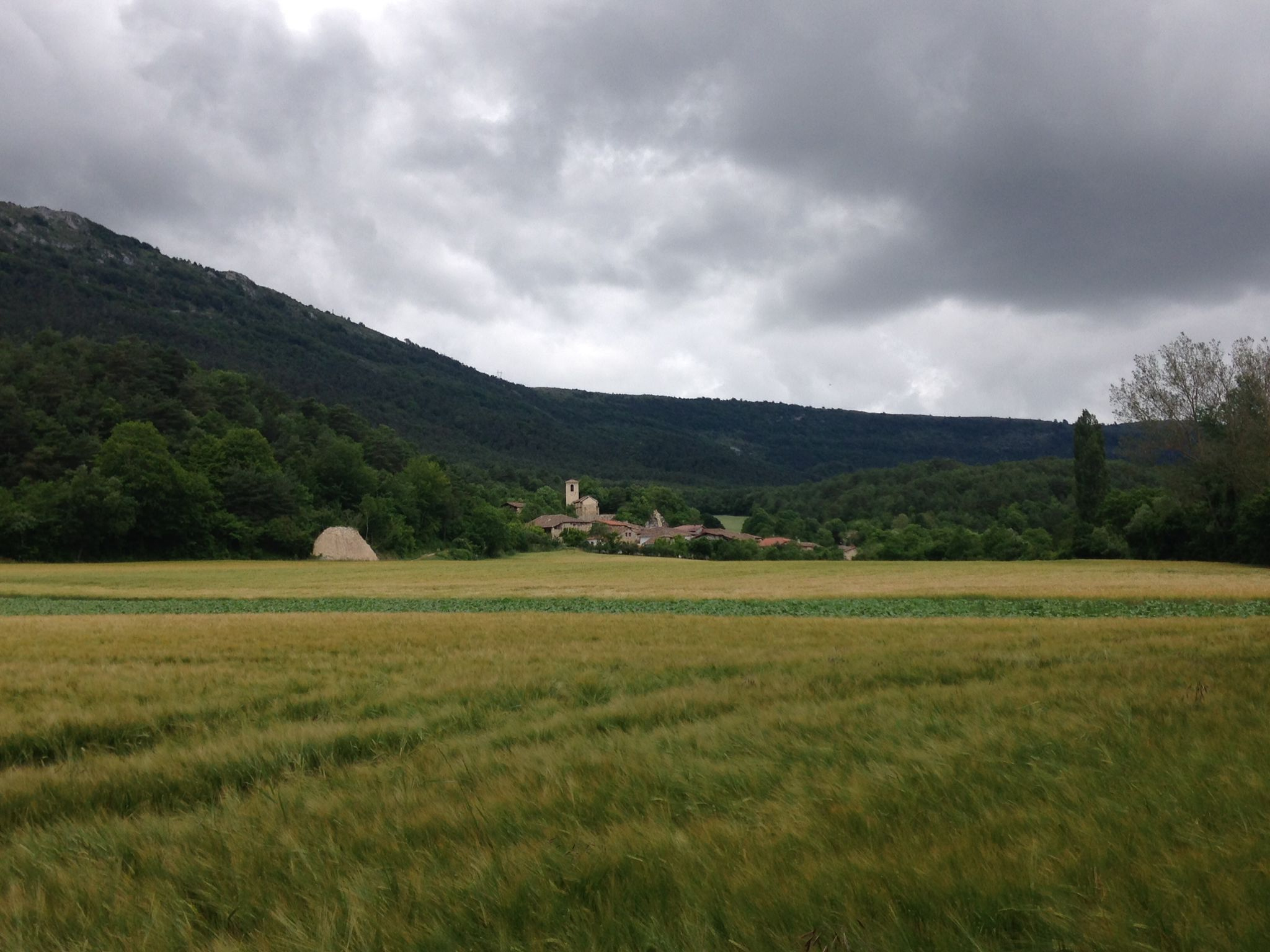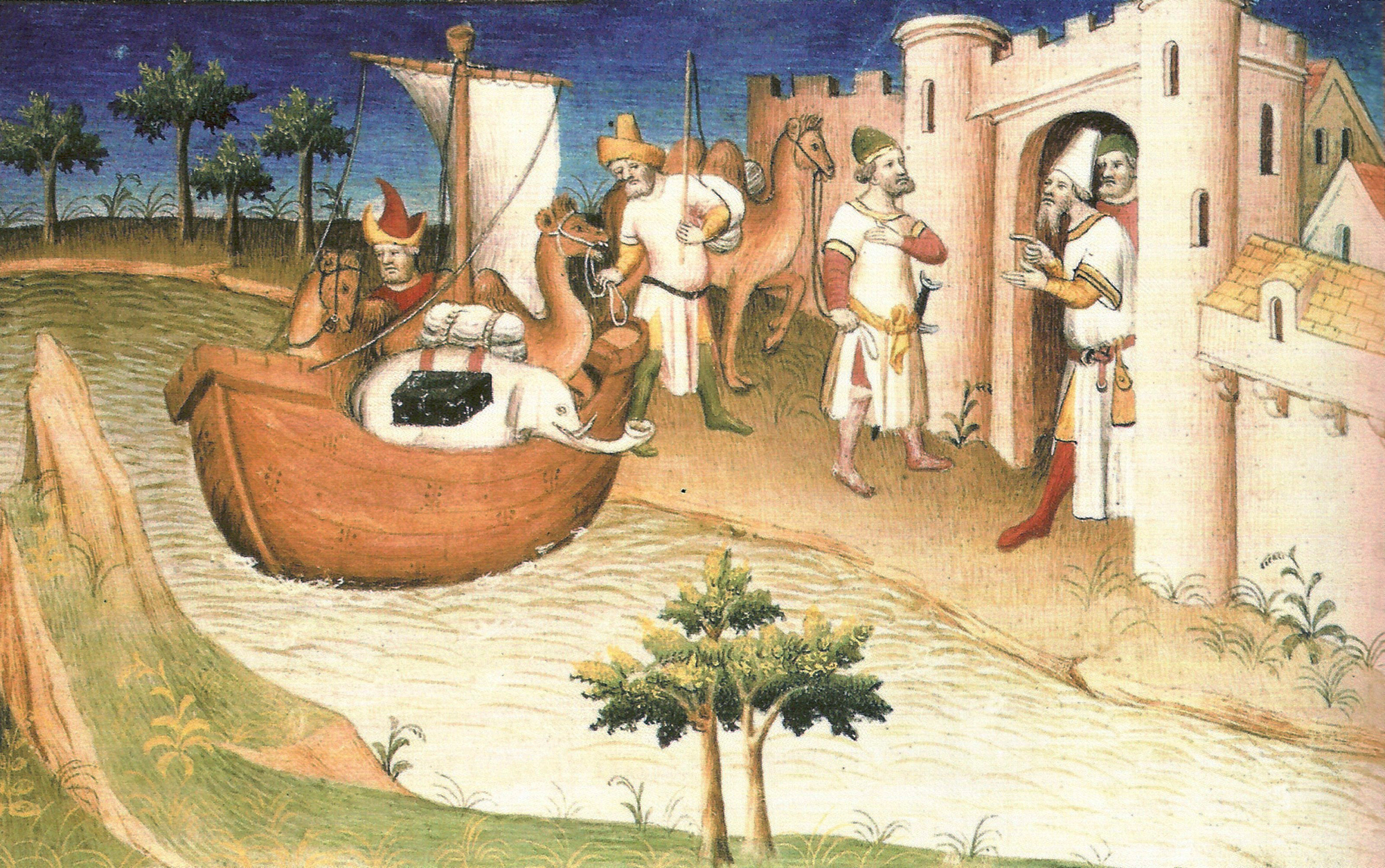Sword of the Cid in Marcilla
- Valencia 1094. Rodrigo Díaz de Vivar Cid took the city and, in that role, took the sword of Tizona from King Bucar of Morocco. At least that's what the Esthetics of My Cid say. The Cid gave the gun to his children, to the children of Carrion, for their later recovery and finally gave it to his nephew Pedro Bermúdez. There the trail of the sword was lost.
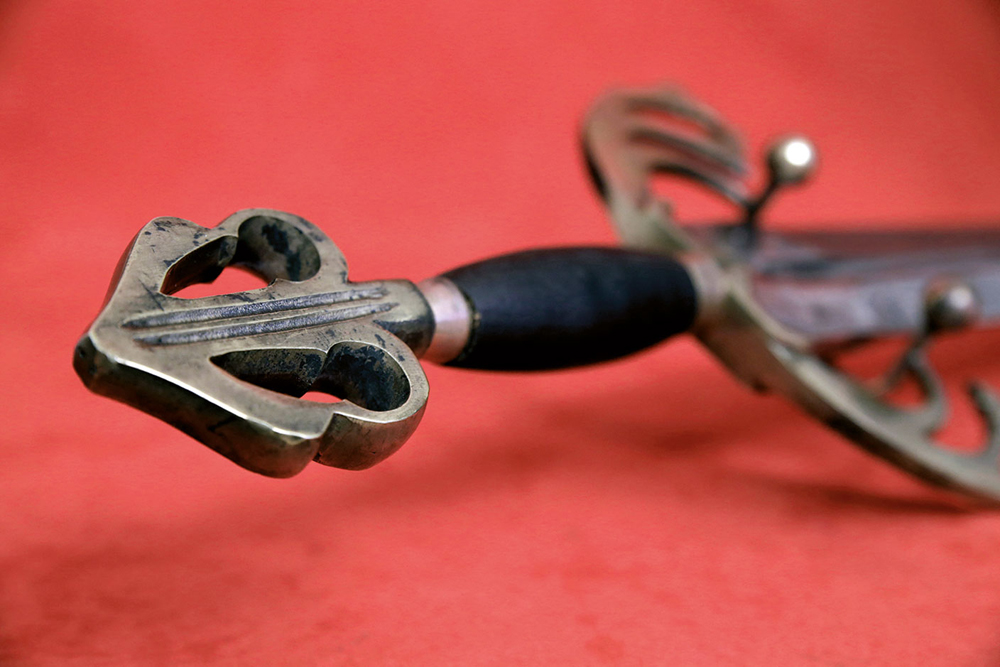
Centuries later, Tizona was in the hands of the alleged Catholic Monarchs. Pierres Peralta Ezpeleta, condestable Agaramontés (1421-1492), worked hard in the negotiations for the marriage of kings, so Fernando the Catholic gave him this sword engraved with the word Io soi Tisona. The new owner of the sword, Count Lerín I, was the grandfather of the baron of Marcilla and of whom he would be the first marquis of Falces, and thus the mythical sword was kept in the castle of Marcilla. It remained there until the 20th century, specifically until the Spanish Civil War.
Tizona was for the golfers the symbol of the glorious past of Spain, so the Francoists took it out of Navarre and brought it to the Madrid Army Museum. After Franco's death in 1975, the sword was returned to the Marquis of Falces, the heir of Peralta, who tried to sell it to the Spanish Ministry of Culture. But the ministry refused to buy the piece claiming that there was no evidence to show that it was the real sword of Rodrigo Díaz de Vivar.
The blade, 78.5 centimeters long and 4.5 meters wide, is a thin blade of sword from the time of Cid (the current head of the sword is more recent, was introduced in the 15th century), according to experts. It is therefore said that the sword that was in the castle of Marcilla for centuries can be a genuine Tizona, but no definitive proof has ever been found. In addition, other Tizones have also been exposed or mentioned in various documents.
And yet, the Junta de Castilla y León bought the sword from the marquess for EUR 1.6 million in 2003.
In the Chinese province of Shanxi, in a tomb of the Tang dynasty, paintings depicting scenes from the daily lives of the dead are found. In one of these scenes a blonde man appears. Looking at the color of the hair and the facial expression, archaeologists who have studied the... [+]
Japonia, XV. mendea. Espioitzan eta hilketa ezkutuetan espezializatutako eliteko talde militarra sortu zen. Edo horixe uste du behintzat Stephen Turnbull historialari britainiarrak. Beste aditu batzuen ustez, askoz lehenago sortu ziren ninjak, duela 2.300-2.500 urte inguru. Eta... [+]
Zamora, late 10th century. On the banks of the Douro River and outside the city walls the church of Santiago de los Caballeros was built. The inside capitals of the church depict varied scenes with sexual content: an orgy, a naked woman holding the penis of a man… in the... [+]
In the fall of 1415 the battle of Agrincourt erupted between England and France, one of the most decisive wars of the Hundred Years War. To this end, when Henry V, king of England and lord of Ireland, decided to send his army to France that summer, the soldiers landed on the... [+]
Toledo, 1272-1280. Alfonso X of Castile gathered 427 monomedical songs dedicated to the Virgin. The Cantigas de Santa Maria constitute one of the most important musical and literary collections of the Middle Ages, but being decorated with the miniature cantiga, these... [+]
The European Middle Ages are generally depicted as a dark era. We relate it to delay, violence, belief and tyranny. Those who lived that time are considered barbaric and ignorant. Its name is also significant, because it is contemptible: as a time of little importance that... [+]
Venice, 24 April 1459. The monk and cartographer Fra Mauro finished the map of his world in his cartography workshop in the monastery of San Michele in Murano. This work was done on behalf of the Portuguese king Alfonso V.aren and, once the map was completed, it was sent to... [+]
Rome, April 1215. IV. In the Council, the Catholic Church prohibited the surgery of priests and monks, among others. Also in previous councils, Reimsen and Tours, they worked on the issue, arguing that only legataries had to deal with saving souls and that they had to avoid the... [+]
Venice, 8 January 1324. The famous traveler and merchant Marco Polo died at the age of 70. About to die, the people gathered in the area asked him to recognize that what was told in the book Description of the World was a fiction, but the last words of the traveler were: “I... [+]
Até agora considerouse que os estribos e celos fundamentais para o uso dos cabalos inventáronse en China cara aos séculos V ou VIN. Pero na cova de Urd Ulaan Unet, en Mongolia, atópase máis antigo, do século IV. O bidueiro da zona está feito de madeira, polo que non é... [+]











